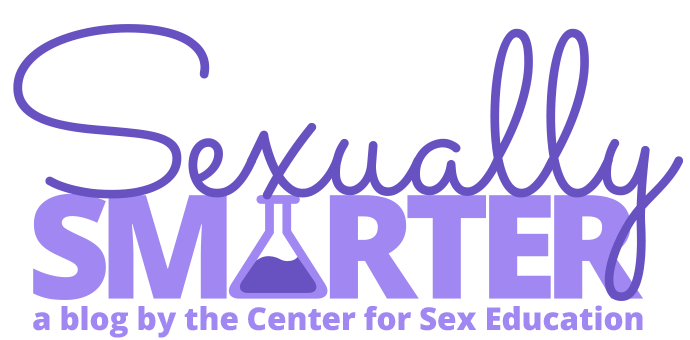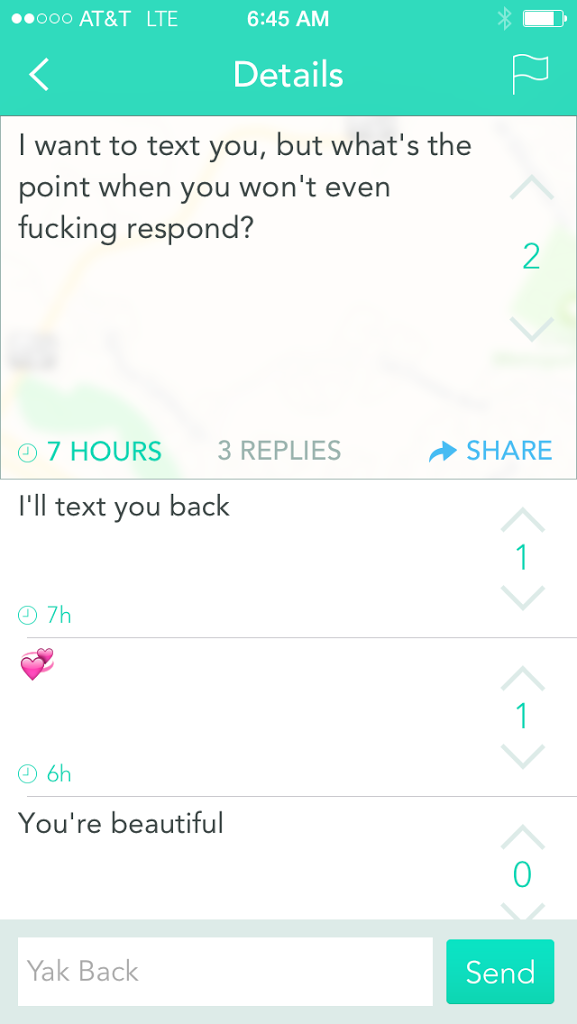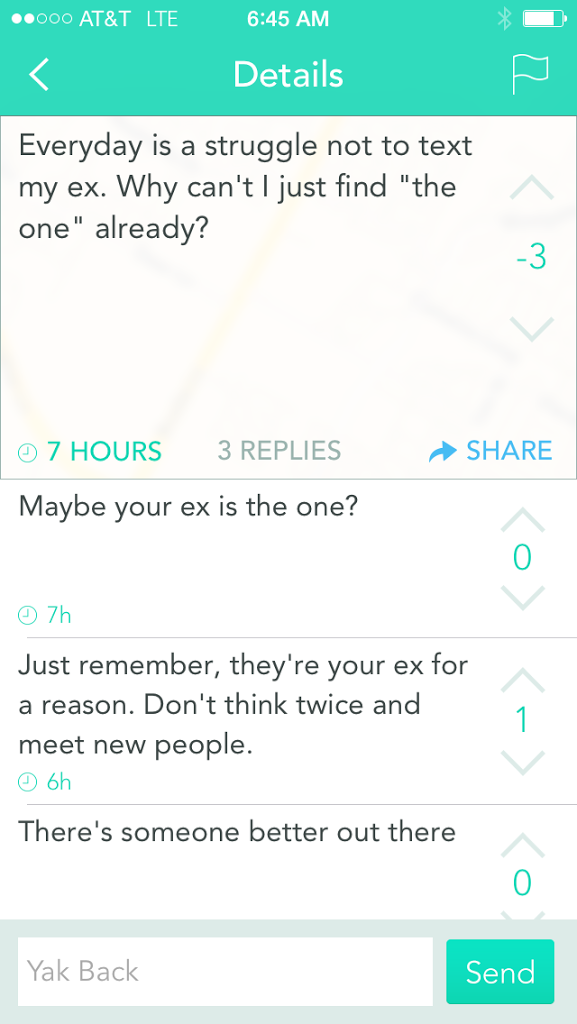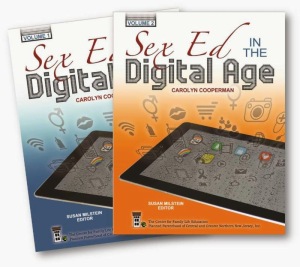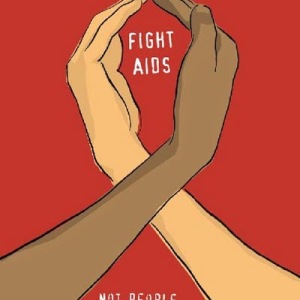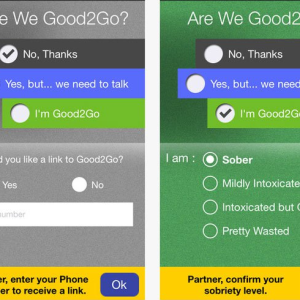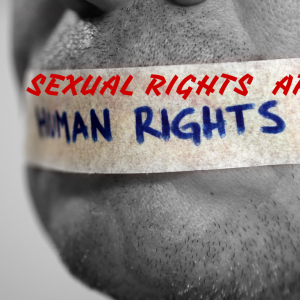Every now and then I wander over to Yik Yak, that location-based nightmare of a web app that swept the country last year, leaving a swath of social media wreckage in high schools. (And continues to on college campuses.) The app has been disabled on and near high school campuses, but not until it raised serious issues.
Yik Yak was available on campus for one of the local schools I work with, and they experienced horrific levels of bullying, much of it directed towards the faculty and staff, along with deeply hateful, bigoted, and racist slurs. One of the students who was involved in that debacle last year, posting really hateful things, told me he felt deeply guilty about his engagement. He got swept up in the moment, didn’t consider the long-term issues, and posted the most outrageous things he could think of. While some of his peers are aware of what he posted, the faculty and staff at the school were never able to identify who participated in the postings. It’s been a good lesson for him, I think, about personal responsibility and bullying, both on- and off-line.
So this morning I decided to pop over to Yik Yak and see what was happening. I live on the outskirts of Austin, so I usually find a few postings from one of our local institutions. Usual content includes people selling drugs, complaining about how few people are posting anything interesting on Yik Yak, someone saying how good and/or bad looking someone is. Sometimes people ask for interesting live music shows in the area. This morning, though, I was surprised. These were the first three yaks that came up:

The initial yaks were looking for emotional and practical support from a random, anonymous group of people – and they received it, in beautifully spoken terms. How often does something like this happen? I don’t know. But that these were the first three that showed up on my screen just made my morning. It reminded me again how much social good can come from social media. We can – and should! – harness social media towards our end goals. It is a tool, and how we use it is the most important thing. We are not helpless in how people use social media either. We can stand as advocates, as role models, and as educators. We can live the social media lives we hope others will join. We can, my friends, and we must.
And so, today, a lesson from Sex Ed in the Digital Age, this one designed for adults:
_____________________________________________________________________
By Shanna M. Dusablon Drone, MSW, MAEd, MEd
Objectives
By the end of the lesson, participants will be able to:
1. Identify at least three social media platforms (Facebook, Twitter, Reddit, Instagram, Snapchat, etc.) teens use for the exchange of sexual communication.
2. Practice communication skills regarding the intersection of sexuality and technology with consent, boundaries, and legal consequences.
3. Practice communication skills concerning teen sexuality and technology.
Rationale
Adolescents use social media for sexual communication with little thought for the positive and negative results of using this medium. Adult caregivers including parents, social workers, and other youth-serving professionals are key stakeholders in providing and guiding adolescents into learning decision making skills about sexual communication through various social media. Social workers and probation officers are included in this group due to the high-risk behaviors in which some adolescents take part that may result in negative legal or social consequences. Adolescents and their adult caregivers may struggle in communicating about sexuality topics in general (e.g., birth control, safer sex practices, and STDs/HIV); the addition of sexual communication through social media adds another dimension to conversations that may further hinder their success. This lesson aims to empower adults as well as increase their comfort levels regarding communication skills in reference to adolescent sexuality and technology.
_____________________________________________________________________
I love, love, love this basic premise of empowering adults in honest, balanced, deeply engaged communication with teenagers. Problems come when adults think that they know best – when they stop listening. This activity is a starting point, really, for guidance for adults on how to talk with teenagers about sexuality. It educates about what social media is, what kinds of conversations about sexuality teenagers will be having on social media, and engages the participants in conversational role plays. I’m looking forward to seeing more lesson plans and training manuals on how to support adults in all sorts of roles (parental, educational, pastoral, etc.) as they interact with youth.

